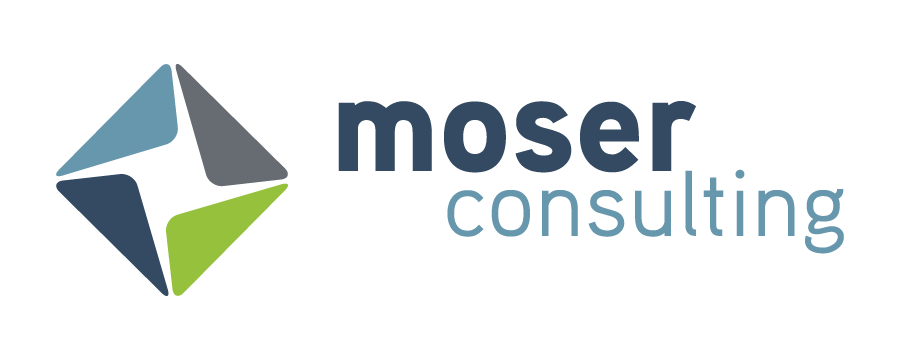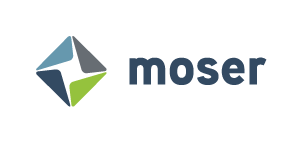4 Questions Leaders Need to
Answer to Accelerate AI Adoption
Answering these questions can improve effectiveness, efficiency, and productivity
Today’s organizations are already using, experimenting with, or contemplating AI. Business leaders commonly ask, “How can AI impact the organization from the top to the bottom, processes to results? What benefits does AI offer our business?
These big-picture questions lead to questions in three areas: effectiveness, efficiency, and productivity. Here are four specific questions that organizations are asking about AI. Understanding the answers and best practices will spur leaders to accelerate AI adoption.
Effectiveness
How can AI improve quality and delivery?
Today’s organizations are already using, experimenting with, or contemplating AI. Business leaders commonly ask, “How can AI impact the organization from the top to the bottom, processes to results? What benefits does AI offer our business? These big-picture questions lead to questions in three areas: effectiveness, efficiency, and productivity. Here are four specific questions that organizations are asking about AI. Understanding the answers and best practices will spur leaders to accelerate AI adoption. AI drives effective quality and delivery by improving communication, consolidating updates, and creating a single source of truth.
A real-world case study of an Atlassian enterprise customer illustrates how AI can impact effectiveness by improving quality and delivery.
CASE STUDY
Many product teams of a global, U.S.-based company were located in Poland. English was not their first language.
Sparse communication on Jira issues meant leadership often chased down product teams for updates. Language differences also created a communication barrier that slowed progress.
After the company adopted Generative AI in the editor, team leaders noticed:
More context shared directly in Jira issues, without leaders having to chase down team members for updates.
Non-native English speakers felt more confident sharing updates and insights because they could use AI to improve their writing, fix spelling and grammar, expand their writing, or make it more concise.
Empowering users by using AI tools for content creation in context — a seemingly small change — led to improved communication across a global team.
Using AI helped team members operate more autonomously because team leaders no longer needed to constantly check on them.
AI also resulted in a single source of truth — Jira — that the team could work from, with shared goals and shared context.
The result: better team communication, improved updates, and a single source of truth, which together improved quality, delivery, and effectiveness.
Efficiency
How can AI improve decision making in an organization?
Using AI helps organizations quickly identify trends, understand targeted insights, and streamline tasks. Here are three ways Atlassian uses its own intelligence tools to optimize decision making
Analyze data quickly
AI accelerates data analysis, providing faster, more accurate insights for informed decision making. This can include predictive analytics, automated insights, and natural language processing for unstructured data. Atlassian uses the natural language to SQL conversion to allow non-technical leaders to query databases using everyday language. This democratizes data access, yielding self-service insights that supports faster, better decision making.
Automate routine decisions
Automation of routine decisions reduces human errors and frees up time for strategic thinking. Routine tasks and decisions include automated reporting and data quality control, ensuring that stakeholders have the right information at the right time. AI also helps Atlassian turn natural language requests into automation rules through Natural Language Rule Builder in both Confluence and Jira. This enables users to simplify workflow automation and enhance communication between teams.
Enhance collaboration
Atlassian Intelligence facilitates smarter collaboration. Chart insights in Atlassian Analytics ensure that teams have the right information and connections to work together more efficiently and make better informed decisions.
AI is helping Atlassian — and other enterprises — improve decision making and efficiency by enabling individuals and teams to quickly analyze data, automate routine decisions, and collaborate effectively
Productivity
How can leaders report back the ROI of AI?
For leaders looking for an effective way to report back on ROI of an AI investment, consider Atlassian’s approach, based on Atlassian’s own experiences.
Create an internal task force for AI
Atlassian created a task force of leaders from different functions — including product design, legal, marketing, and more — that comes together on a regular basis. This task force makes sure that Atlassian’s teams are building the most impactful features and are not duplicating work. The task force ensures alignment against Atlassian’s top priorities and tracks outcomes across all internal AI investments.
Track productivity with regular internal surveys
Atlassian has long implemented surveys to track productivity and gauge employee sentiment across all roles and functions. Atlassian recently launched standalone internal surveys focused specifically on how employees are using AI features in their day-to-day work. These surveys reported high and frequent use of AI among employees, which resulted in significant time savings.
HOW AI IS IMPROVING PRODUCTIVITY AT ATLASSIAN
employees who use Atlassian Intelligence monthly
employees who use Atlassian Intelligence weekly
hour saved per employee per week
What challenges do teams face in adopting AI solutions and how can they be overcome?
Enterprise practitioners using AI shared some of the biggest challenges their organizations have experienced. Three common challenges are developing an organizational mindset, using AI responsibly, and determining how much data to share.
Mindset
AI is more than technology. It is not just a shiny new tool — AI fundamentally changes the way work gets done. To get value from AI, teams and organizations need to change their mindset and change how they work.
Ethics
AI must be used responsibly. This requires understanding how to derive benefits from AI without compromising privacy or integrity.
Data Sharing
Companies must be intentional in striking the right balance between sharing enough data to maximize the value of these powerful tools and not sharing too much data.
Within enterprises addressing these challenges, leaders shared the following tips and best practices in using AI to boost productivity
Leadership Involvement
The most successful AI projects have leadership support and goal alignment across the company. Identify and bring together leaders who will ensure that AI adoption advances the business’s goals.
Training
Provide regular training sessions to make sure that everyone in the organization knows how to use AI tools to create great products that are functional, compliant, and secure.
Promote AI Champions
Find those employees in the organization who are good at using AI tools and make them AI champions. Support these champions in helping others learn to adopt AI. Help these AI champions build a culture of creativity and teamwork
The business case and the ROI for AI are incredibly strong, increasing teams’ effectiveness, efficiency, and productivity.
AI also fosters better team collaboration, improves decision making, and saves time. Identify the barriers to adoption in your organization, address those barriers — such as working to change the organizational mindset — and apply best practices to accelerate adoption.




























